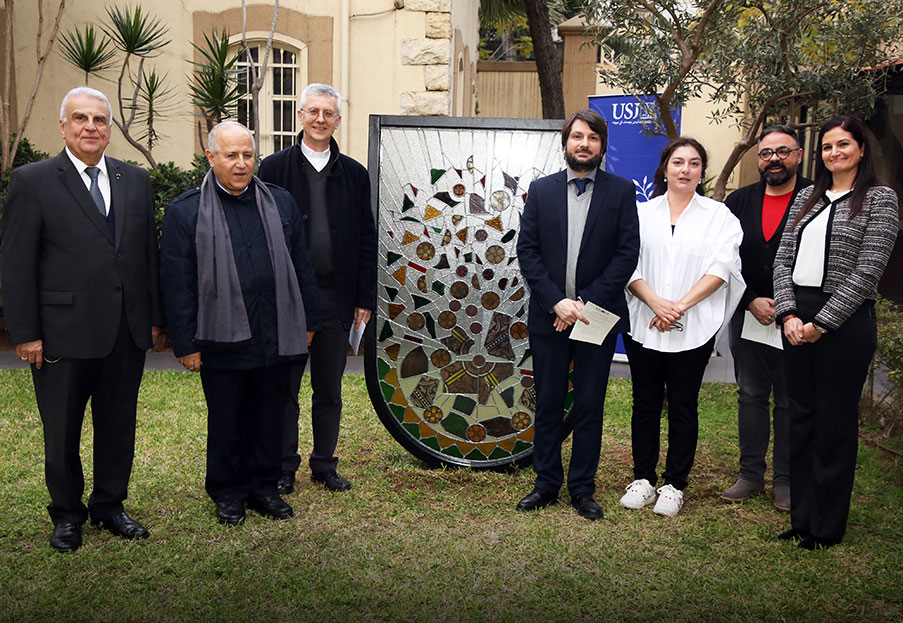
Robert Southwell
Saint
- Death: 02/21/1595
- Nationality (place of birth): England
Robert Southwell (1561-1595), one of England's many poets but one of its most illustrious martyrs, was killed during the reign of Queen Elizabeth I. He came from a well-to-do family but had to move to the continent to study in a Catholic school. In May 1576 he enrolled in the English College at Douai, Flanders; he later studied in Paris where he met the Jesuit Thomas Darbyshire. Southwell asked to join the Jesuits but was turned down at first because he was too young and the novitiate itself was closed due to fighting in nearby areas. With great determination, the young Englishman walked to Rome where he was accepted into the novitiate at Sant'Andrea in 1578. He studied philosophy and theology at the Roman College and was ordained in 1584. For the next two years he served as prefect of studies at the English College, also in Rome, preparing men to be priests for England. Finally, he was assigned to the mission in his homeland and left Rome on May 8, 1586 along with Father Henry Garnet.
The two Jesuits landed on a secluded coast to avoid capture in the ports of entry. Southwell was assigned to minister in and about London, living at first with the Vaux family and then in the household of the Countess of Arundel whose husband Sir Philip Howard was imprisoned in the tower for maintaining his allegiance as a Catholic. Southwell's ministry included visiting the dozen or so prisons in the city and helping priests who had just entered the country. When Fr. Garnet, his traveling companion, also came to London, Southwell started visiting Catholics in the outlying counties. He also helped direct the print of Catholic catechisms and devotional books published by a secret press that Garnet established; it was the sole source of religious literature for English Catholics. Southwell put together several letters he had written to Sir Philip to encourage him in prison; these letters were revised and published as An Epistle of Comfort.
For six productive years Southwell exercised his ministry until he was betrayed by a Catholic woman who had been pressured into setting a trap for the Jesuit. Anne Bellamy was imprisoned after she refused to attend Protestant services and was made pregnant by Richard Topcliffe, a priest-hunter noted for torturing his prisoners. Topcliffe promised to marry her and win pardon for her family if she would convince Southwell to go a designated spot where the trap would be set. When she was released from prison, she wrote the priest asking him to meet her at her parents' home. Southwell went there thinking she wanted to receive the sacraments. Instead Topcliffe and his men were waiting. Southwell managed to slip into a concealed room before they could catch him, but he eventually gave himself up rather than betray the family.
Topcliffe was overjoyed to have captured Southwell, whom he regarded as the biggest catch of his career. Bound in chains, the Jesuit was led to Topcliffe's residence next to Gatehouse Prison and put in the private torture chamber that Topcliffe had there. Several excruciating days of torture failed to force Southwell to reveal a single name of any Catholics or priests. He remained steadfast despite being tortured 13 different times; finally his captors threw him among the paupers to face cold, hunger and thirst. Southwell's father managed to visit him in the paupers' prison and was horrified at his son's condition. He petitioned the queen to treat him like the gentleman he was, either releasing him or condemning him to death. The queen allowed him to be moved to the Tower where he was better cared for but still could not receive visitors. He did continue, however, to write the poems that expressed his deepest feelings and were later collected and published as St. Peter's Complaint.
For two and a half years, Southwell endured the solitude of his imprisonment, and then finally petitioned Lord Burghley to be released, be allowed visitors, or be brought to trial. The latter was granted, and he was tried on Feb. 20, 1595 at Westminster Hall. Southwell readily admitted being a Catholic priest but denied any involvement in plots against the queen. He was found guilty of high treason and executed the very next day. For the three-hour journey to Tyburn, he was tied to a hurdle and dragged through the streets to the gallows. Because the noose was improperly placed on his neck, he did not immediately die when the cart moved away from him. The hangman took mercy and hung on his feet to end the agony. Then the 34-year-old Jesuit was beheaded and quartered.
Originally Collected and edited by: Tom Rochford, SJ


